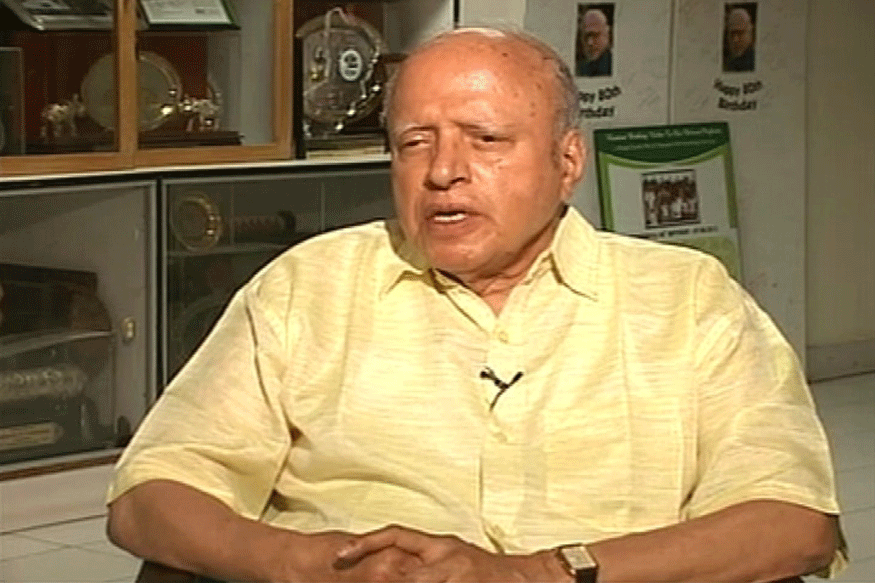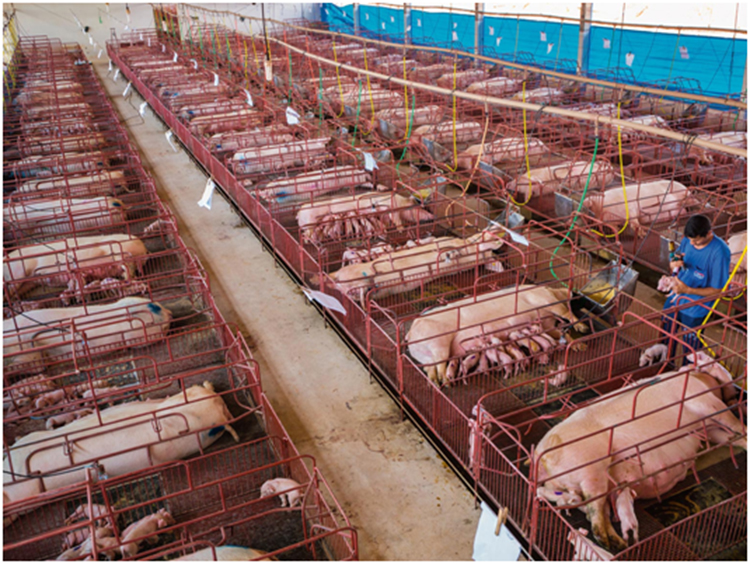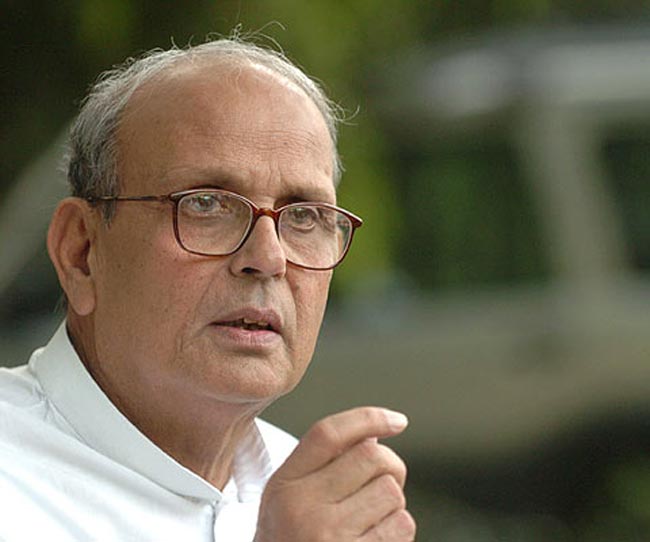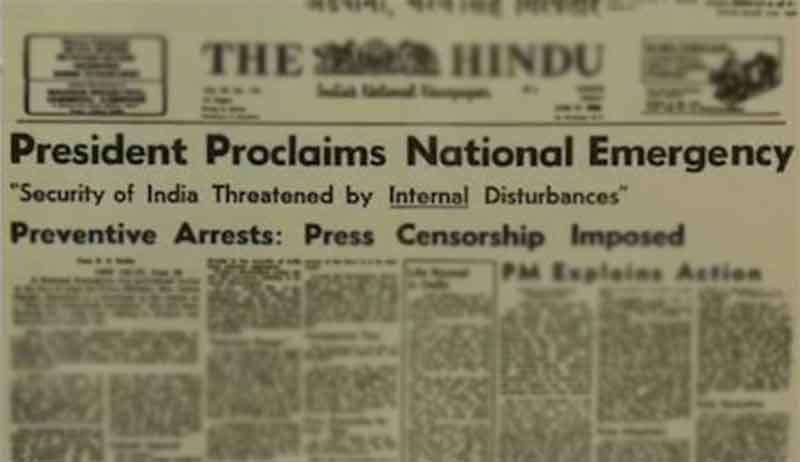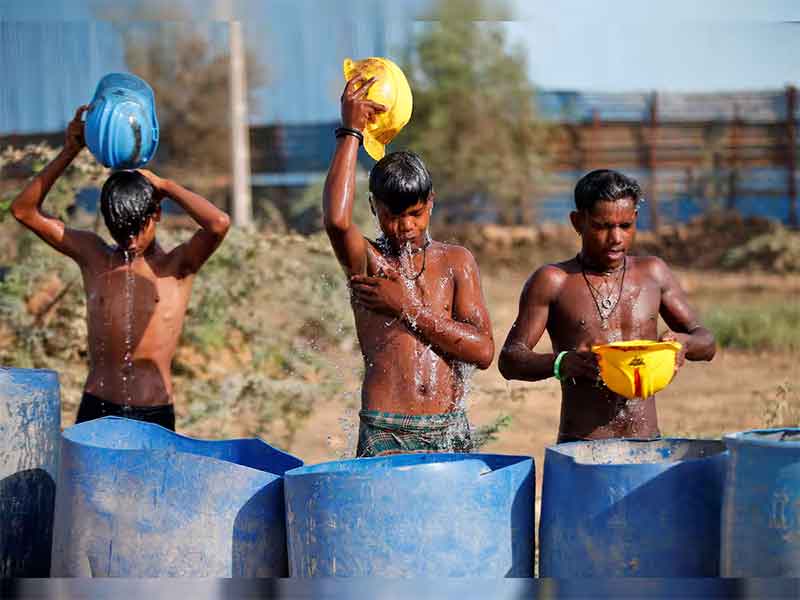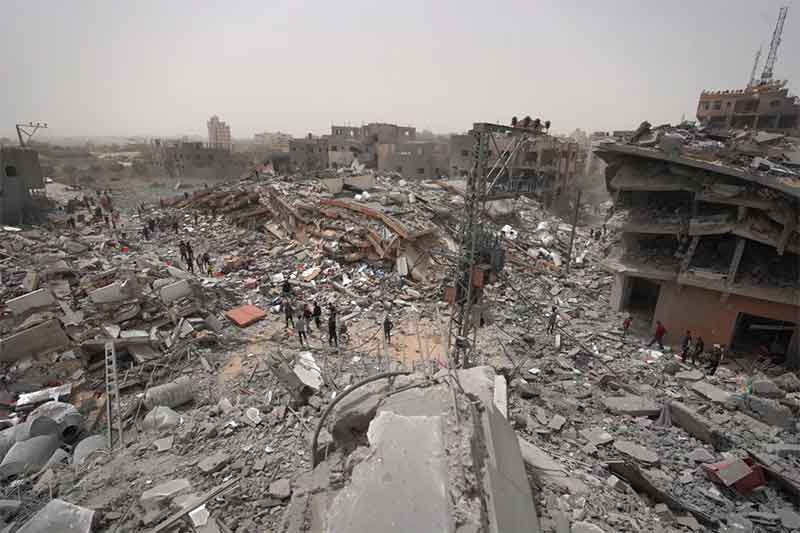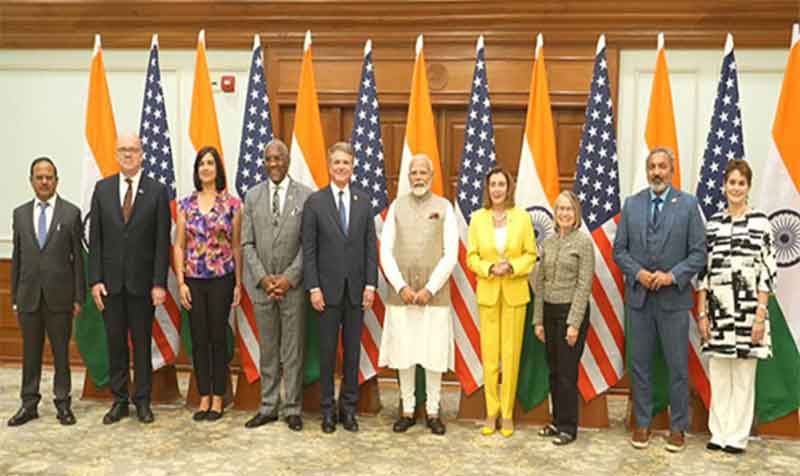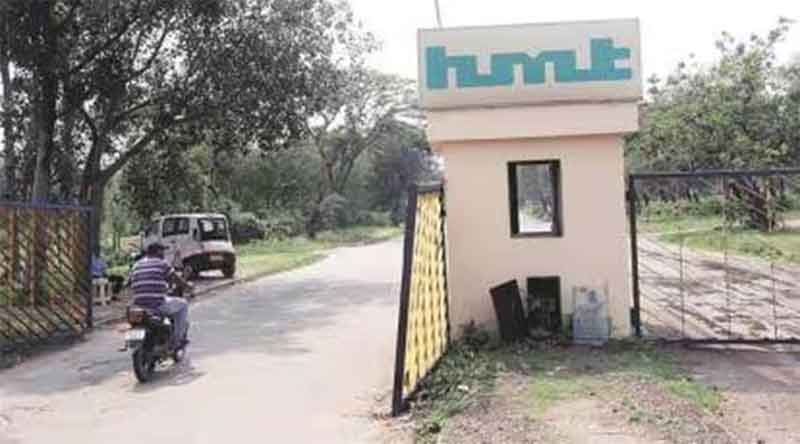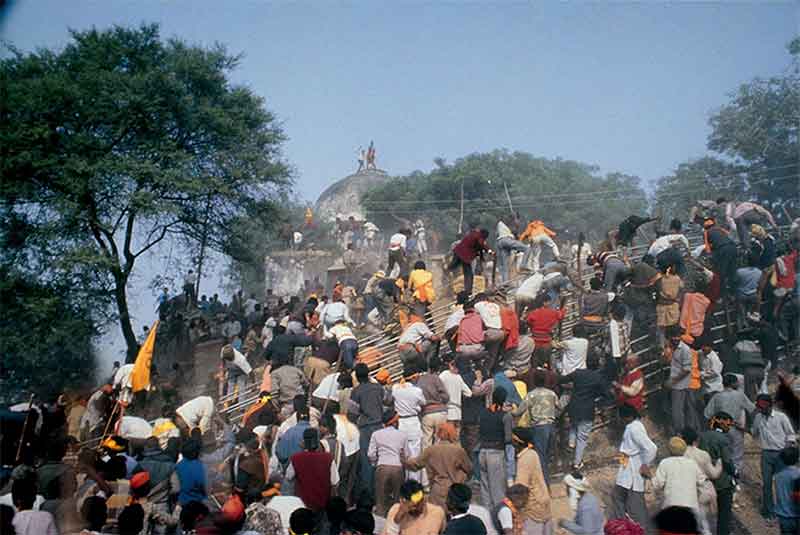
There are several areas of India which follow intensive green revolution path of farming , based generally on very heavy use of agro-chemicals, high levels of mechanization and overexploitation of water. Among these areas perhaps the belt of a major part of Punjab, Haryana and Western Uttar Pradesh is perhaps the best known. This belt accounts for a very significant part of the production and government procurement of some staple foods , particularly wheat, rice and sugar. The dependence on government procurement is more direct for wheat and rice, and in the case of the sugar companies concentrated more in Western UP, the government plays an important role in ensuring that the staggered and frequently very delayed payments to farmers are finally made.
Green revolution came to this region in the decade following its introduction in India around 1965 or so. Hence two generations of farmers have grown up who have been familiar only with green revolution farming. All this has while there has been a barrage of propaganda from the government and agro-business describing the green revolution as progress and describing the preceding farming as backward. Hence people here do not generally think of learning from traditional farming, the wisdom of their grandparents, when confronted with problems, high costs and debts of green farming. Whatever efforts are made for finding solutions are generally made within the paradigm of the green revolution and the new marketing this brought.
Western UP is blessed by the Ganga-Yamuna river system, fertile soil and abundant water. But decades of growing sugarcane monocultures and the network of sugar factories and liquor distilleries supported by these monocultures have led to a state of depleted and polluted water sources, threatened rivers, fast depletion of natural fertility of land. Farmers face increasing tensions and small farmers, for whom the sugarcane payment system is more difficult and less remunerative than for big farmers, invariably suffer more. Farm workers have much less work than before. There are increasing social and communal problems, including heavy consumption of liquor.
In Punjab the soil has been badly depleted and organic matter lost by the heavy use of chemical fertilizers and pesticides and the giving up of mixed farming systems combining legumes, cereals and millets. In this land of five rivers, green revolution and new unsustainable monocultures are leading to fast depletion and heavy pollution of water sources. Serious diseases and health problems have been related to this as well as hazards of chemical pesticides and herbicides. In canal irrigated areas there has been heavy loss of fertile land caused by water-logging and salinity. Despite more agricultural and food subsidies flowing to green revolution areas, high incidence of suicides among farmers and farm workers has been reported. Liquor and drug addiction have been reported at high levels.
Somewhat similar is the situation in Haryana. In the entire green revolution belt costs and debts among farmers have increased heavily. In several villages problems are hidden by remittances by migrants in Canada, UK and other countries, and modern, urban living fostered by these contacts. But nevertheless serious problems relating to farming persist.
Hence farmers have to come out of the thinking of seeking solutions only within the paradigm of intensive green revolution farming to which they have got used. In particular they should seriously examine the possibilities of social agro-ecology, ecologically protective and more diverse farming and food-processing, as well as more possibilities of cost reduction, self-reliance and co-operation of all sections including the poorest landless sections. With their higher education and more contacts with better-off consumers in nearby big cities and even abroad, they can also increase earnings by getting better price for healthy food products of GM-free organic and natural farming.
The writer is a journalist and author. His recent books include Planet in Peril and Man Over Machine.
IF YOU LIKED THE ARTICLE SUPPORT PEOPLE’S JOURNALISM

